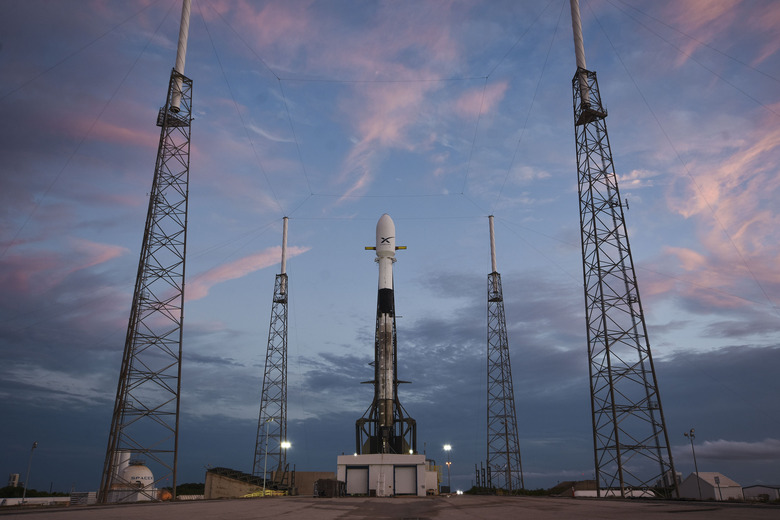Another 180 SpaceX Starlink Satellites Are Headed For Space
- SpaceX is going to launch three Starlink missions in less than three weeks' time.
- Nearly 200 Starlink satellites will be carried to Earth orbit over the course of three separate launches.
- The company says it may launch up to 54,000 satellites before the Starlink program is truly ready to serve the planet with high-speed data connectivity.
SpaceX's schedule of launches has remained steady throughout 2020, despite all of the external factors that could have negatively impacted the company. Now, after successfully sending astronauts to the International Space Station and blowing up a Starship prototype, the company is ramping up its tiny little side project that could provide high-speed data for the majority of the entire planet. Nothing major.
As Business Insider points out, SpaceX's Starlink satellite launch schedule looks absolutely bonkers right now, with three launches planned over the course of just 18 days. Assuming each of those missions will deliver the standard number of Starlink satellites (60 each), the company is poised to send nearly 200 communications satellites into orbit in less than three weeks.
The company just launched its most recent batch of Starlink satellites on June 4th. The mission went off without a hitch, and a rapid turnaround will result in another launch on Saturday, June 13th. This upcoming mission will also include a trio of SkySat imaging satellites which SpaceX is being paid to deliver to space.
The final of the three fast-paced missions will launch on June 22nd, carrying yet another load of 60 Starlink satellites to orbit along with a pair of Earth observation satellites for a company out of Seattle called BlackSky Global. The mission was originally scheduled for June 24th but was bumped up by two days.
By launching 60 satellites at a time, you might imagine that SpaceX is making huge progress on its larger goal of providing high-speed data service using the Starlink satellite grid. While it's true that the company plans to offer some service to a select group of testers as early as the end of 2020, the Starlink program isn't even close to reaching some of its more lofty goals.
The company plans to eventually have tens of thousands of Starlink satellites arranged in a grid around the planet. As many as 54,000 of the tiny spacecraft will be needed to fulfill SpaceX's dream of providing ultra-high-speed data service to even the most remote areas of the planet.
It's a bold plan, but it's also been met with resistance from scientists. Astronomers have already voiced their displeasure with SpaceX for what some have called a "satellite horde." The tiny satellites have shown up in telescope views of space and ruined the observations of researchers.
SpaceX says it's doing its best to mitigate these unwanted side effects by painting the satellites matte black and positioning them in such a way as to avoid reflecting sunlight back down to Earth. Whether these small measures will work in the long run remains to be seen.
